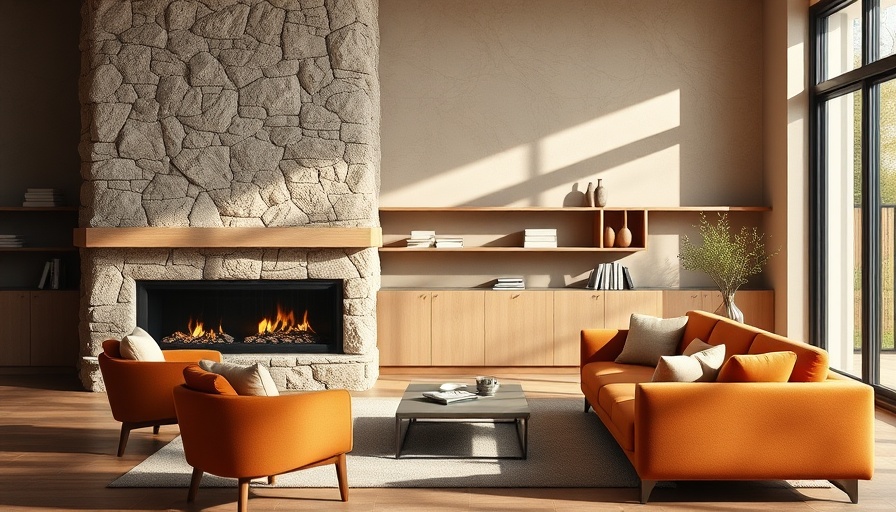
Embracing the Future of Furniture: 2025 Trends to Watch
The world of interior design is ever-evolving, and the year's High Point Market in North Carolina has unveiled exciting innovations that will reshape our living spaces. Homeowners and interior enthusiasts alike will find inspiration in the five furniture trends that are set to dominate in 2025. Let’s dive into these game-changing styles that promise to transform California homes and beyond.
1. Sustainability Takes Center Stage
In recent years, sustainability has become a critical focus for consumers, especially in California where eco-consciousness is deeply rooted in lifestyle choices. As the demand for sustainable products rises, furniture manufacturers are responding with pieces made from reclaimed materials and eco-friendly finishes. Furniture crafted from recycled wood and non-toxic finishes not only minimizes environmental impact but also adds unique character to each piece.
2. Functional and Versatile Designs
As more people appreciate the need for practicality in their living spaces, multifunctional furniture will lead the charge. Pieces that can serve multiple purposes—like sofa beds, storage ottomans, and extendable dining tables—are gaining traction. This shift caters particularly well to the intricacies of California living, where space is often at a premium. By incorporating versatile furniture, residents can maximize comfort without sacrificing style.
3. Nostalgic and Timeless Aesthetics
The trends of the past are making a bold comeback. Retro designs from the mid-century modern era, infused with contemporary aesthetics, are capturing the imagination of designers and consumers alike. Think vibrant colors and geometric patterns that evoke a sense of nostalgia while featuring modern functionality. This revival allows homeowners to blend classic and contemporary styles in their California homes seamlessly.
4. Biophilic Design: Bringing the Outdoors In
The notion of biophilic design—connecting indoor spaces with the natural world—grows in popularity each year. Furniture that incorporates natural materials like wood, stone, and textiles reflects a seamless transition between nature and living spaces. In California, where outdoor living is a way of life, items such as garden benches or natural wood tables accentuate a tranquil environment while enhancing indoor air quality and wellbeing.
5. Technology-Infused Furniture
As technology advances, so too does the furniture that complements modern lifestyles. Smart furniture solutions—like desks that adjust for standing, or beds with built-in charging stations—are not just futuristic concepts; they are becoming essential for many households in California and beyond. Embracing smart home technology in furniture pieces can significantly enhance convenience and productivity, reflecting a lifestyle that integrates comfort and innovation.
Looking Ahead: Adapting to Trends
Being informed about these furniture trends allows California homeowners to make educated choices when designing their spaces. With sustainability at the forefront, marrying function with style, and embracing new technology, they can create homes that are not only stylish but also pragmatic and eco-friendly. As we journey into the future of design, the possibilities are limited only by our imagination.
If you're looking to refresh your home in alignment with these trends, now is the time to explore options that resonate with your unique lifestyle. Whether that means selecting sustainable furnishings or incorporating smart technologies, these choices will enhance your living space for years to come.
 Add Row
Add Row  Add
Add 




Write A Comment